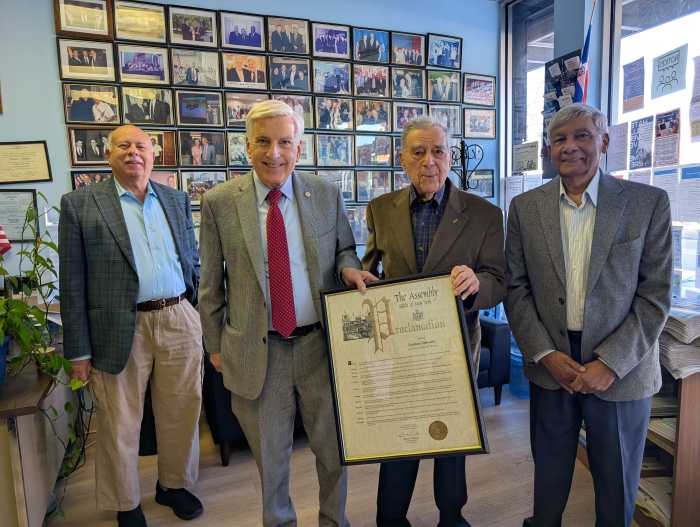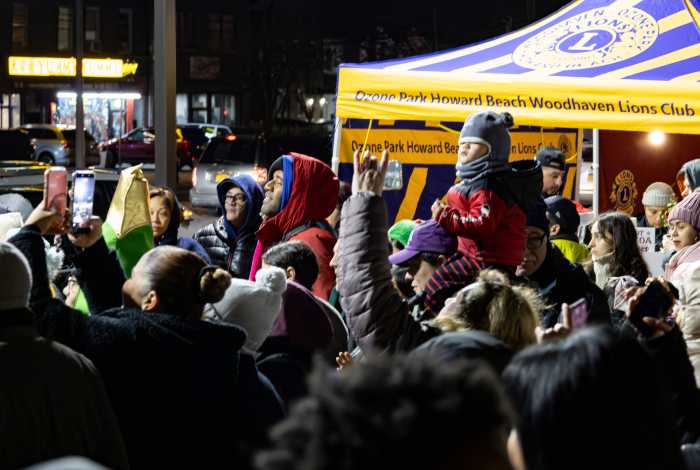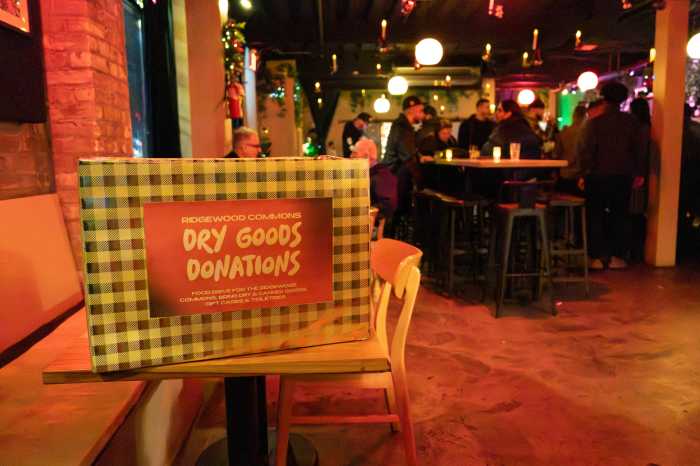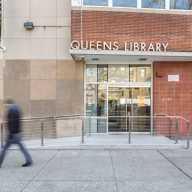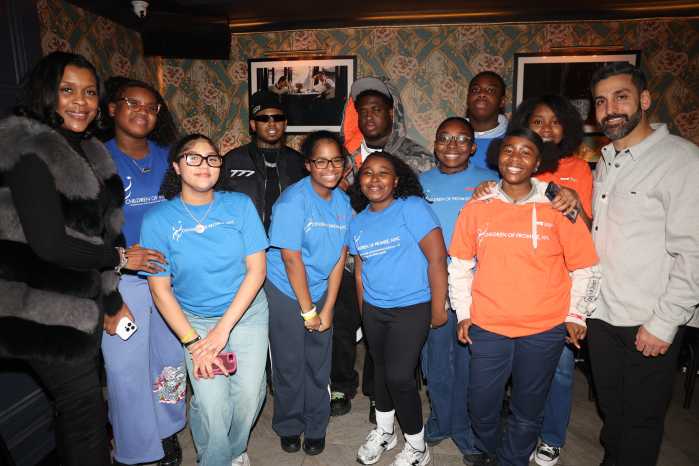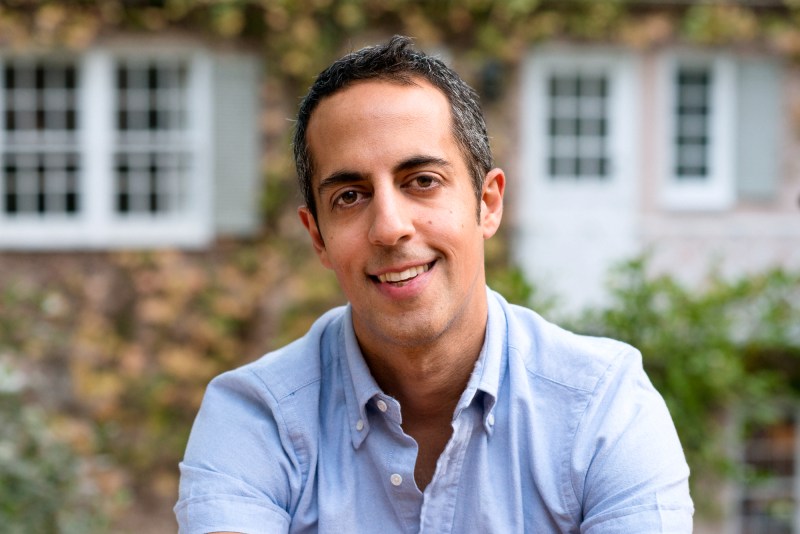Queens activists and community leaders gathered outside the Ravenswood Generating Station in Long Island City on Monday, Jan. 31, to support Congresswoman Carolyn Maloney’s new legislation to advance clean energy.
The Justice in Power Plant Permitting Act would not allow major pollution from sources like the Ravenswood Generating Station (also known as Big Allis) that advocates say cause indelible harm to the surrounding communities. To replace these power plants, the legislation proposes the Just Energy Transition Fund to support clean energy projects. As the bill is being introduced at federal level, it would ensure that the federal government act as a partner with impacted areas to reduce greenhouse gas emissions and pollutants by 2030.
Maloney and others gathered outside the New York City Housing Authority (NYCHA) Queensbridge Houses to comment on the harmful effects power plants often have on underserved communities.
“The air pollution coming from Ravenswood has inflicted asthma, heart disease and cancer on this community,” Maloney said. “This is a crisis of environmental justice and it must be stopped. These units are killing my constituents and far too often these units are placed in communities of color. We can’t stand by and let this continue.”
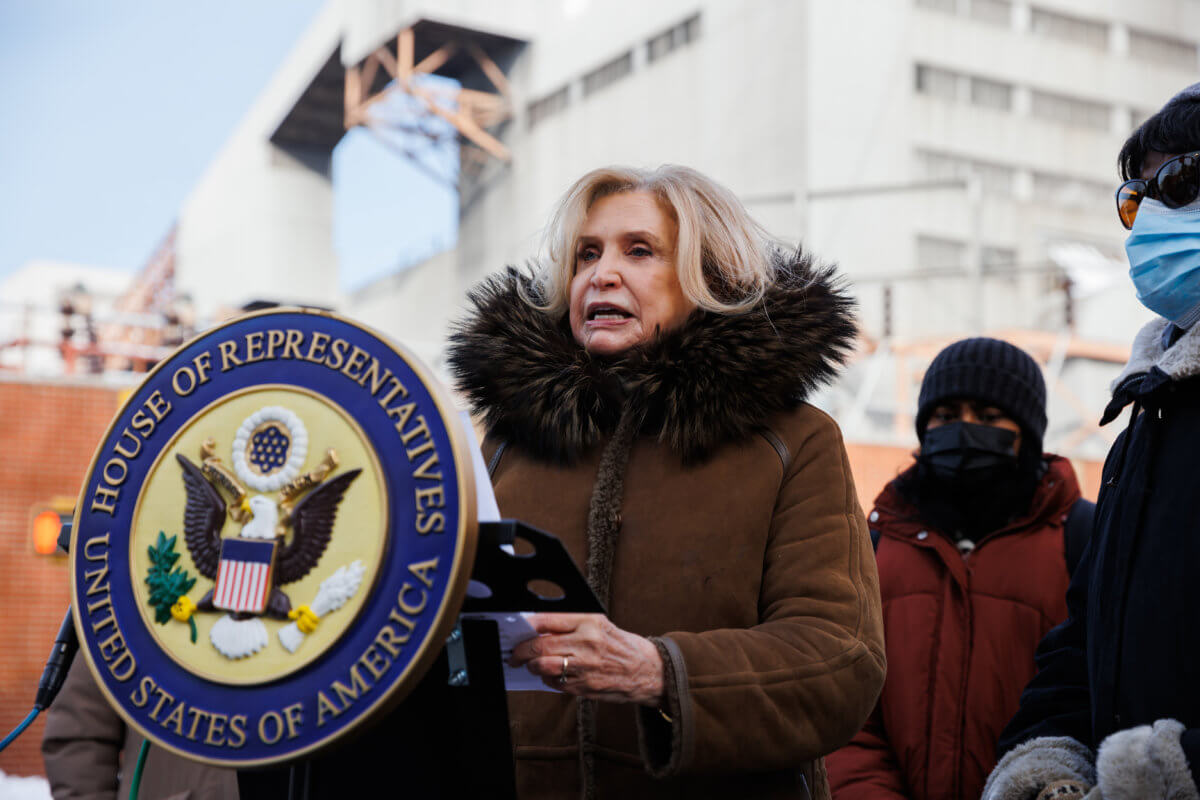

The legislation would not allow major sources of pollution, like fossil fuel-powered plants, to accumulate in one area, which Maloney said has drastically affected the health of her constituents due to the 28 units in the city.
Bishop Mitchell Taylor, a community leader and activist, said that this legislation is a first step in stopping the largest polluters in the city.
“We are the host to a dirty power plant that supplies 45% of the power to Manhattan but 100% of the pollution to Queensbridge,” Taylor said. “This plant here is next to the largest housing development in the country. People are dying every day because of pollution.”
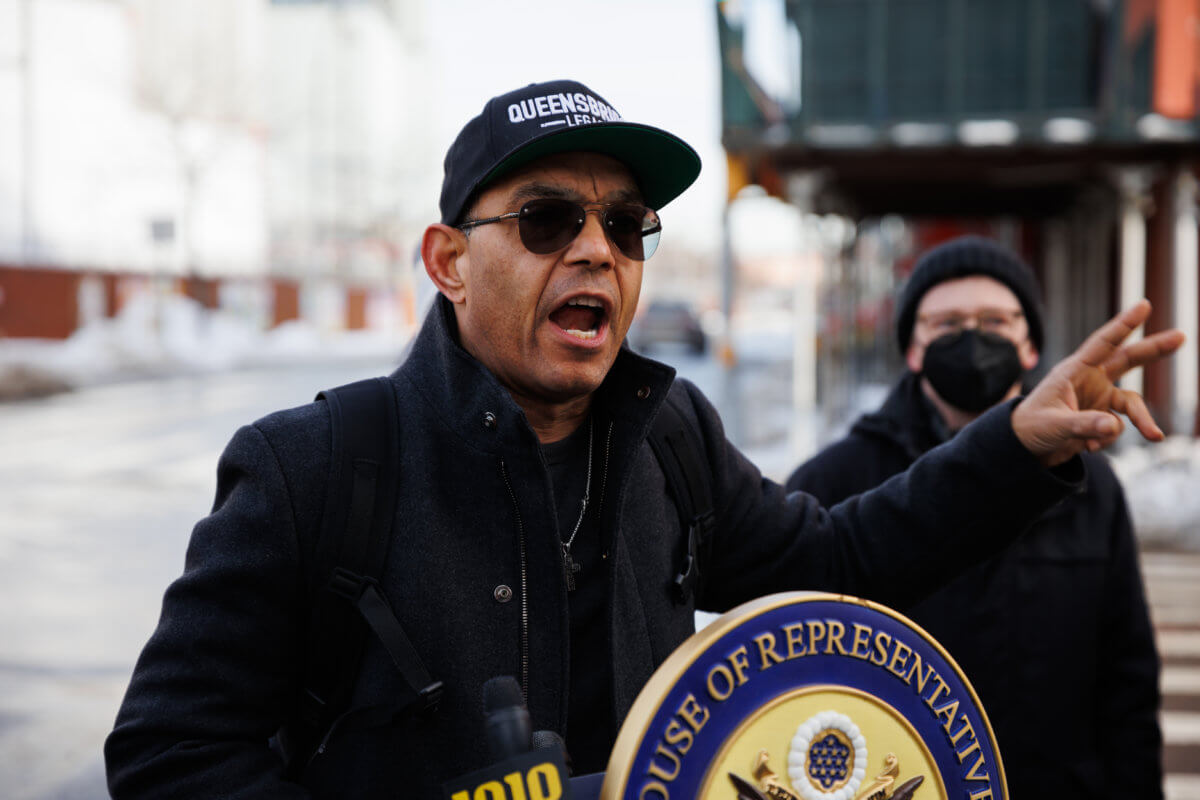
Queensbridge Houses contain 96 buildings and have 3,147 apartments with approximately 7,000 residents, making it the largest NYCHA development. According to the U.S. Environmental Protection Agency (EPA), the Ravenswood Generating Station has emitted nearly 3,000 metric tons of carbon dioxide and .06 metric tons of methane in 2020. The total population within 3 miles of the plant is 1,214,778, 45% of whom are people of color.
The Ravenswood plant changed its name to “Rise Light & Power” last year in what the owners called a rebranding and reflection of their commitment to New York’s transition to green energy.
Raya Salter, a climate and energy lawyer and a member of the state’s Climate Action Council, said that New York is working to end pollution from power plants like the Ravenswood Generating Station, but can’t do it without federal help.
“The Justice in Power Plant Permitting Act breaks new ground for energy justice in America,” Salter said. “It recognizes the cumulative harm to Black and brown communities from power plant pollution and prioritizes addressing that. It will help end the concentration of polluting capabilities in Black, brown and poor communities.”
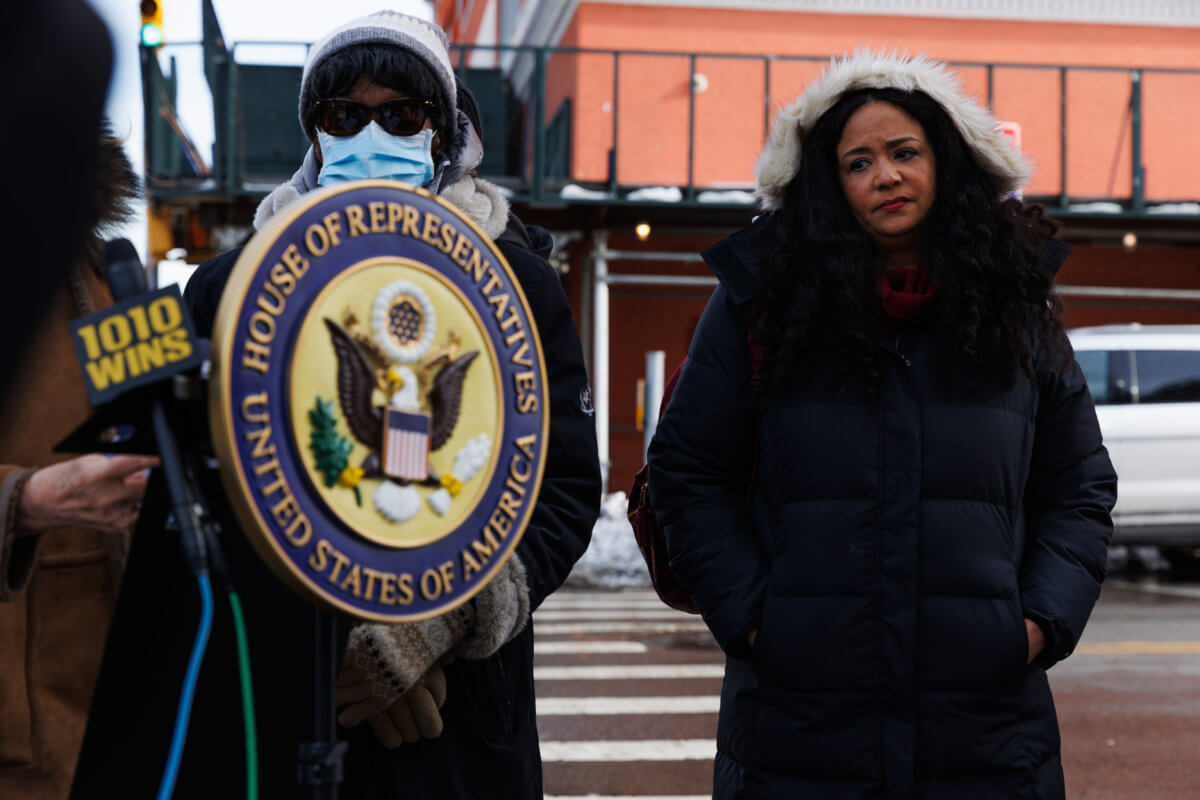
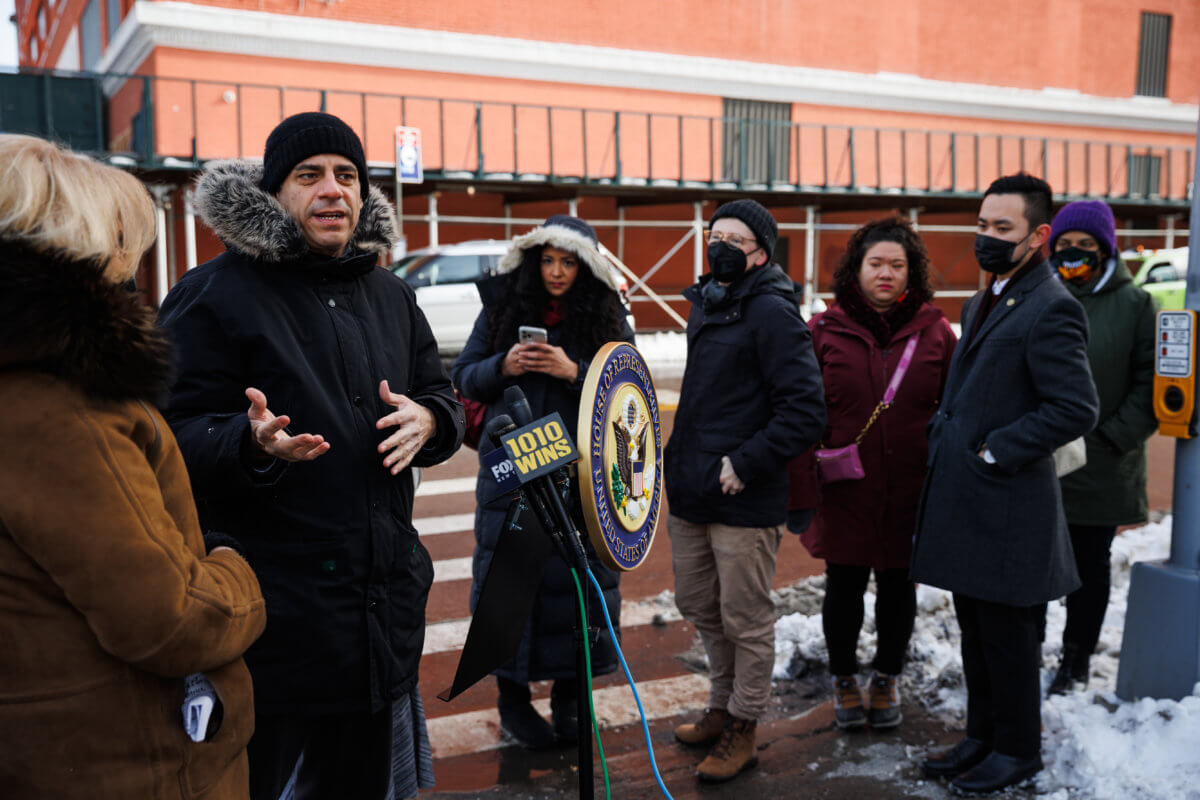
Queens County has an above-average rate of asthma, specifically in adults, with 9.3% affected compared to the national average of only 7%, according to the CDC. Northwestern Queens has been deemed “Asthma Alley,” due to the disproportionately high rates of the disease.
Arif Ullah, the executive director of the environmental justice organization, the South Bronx Unite, said that no community should have asthma as a defining characteristic.
“The South Bronx and Astoria, as different as they may be, have at least one thing in common, and that’s asthma,” Ullah said. “Both communities are known as Asthma Alley because of the air pollution we are exposed to. Many of my friends growing up had asthma because it was so common. It seemed normal. That is a tragedy.”


